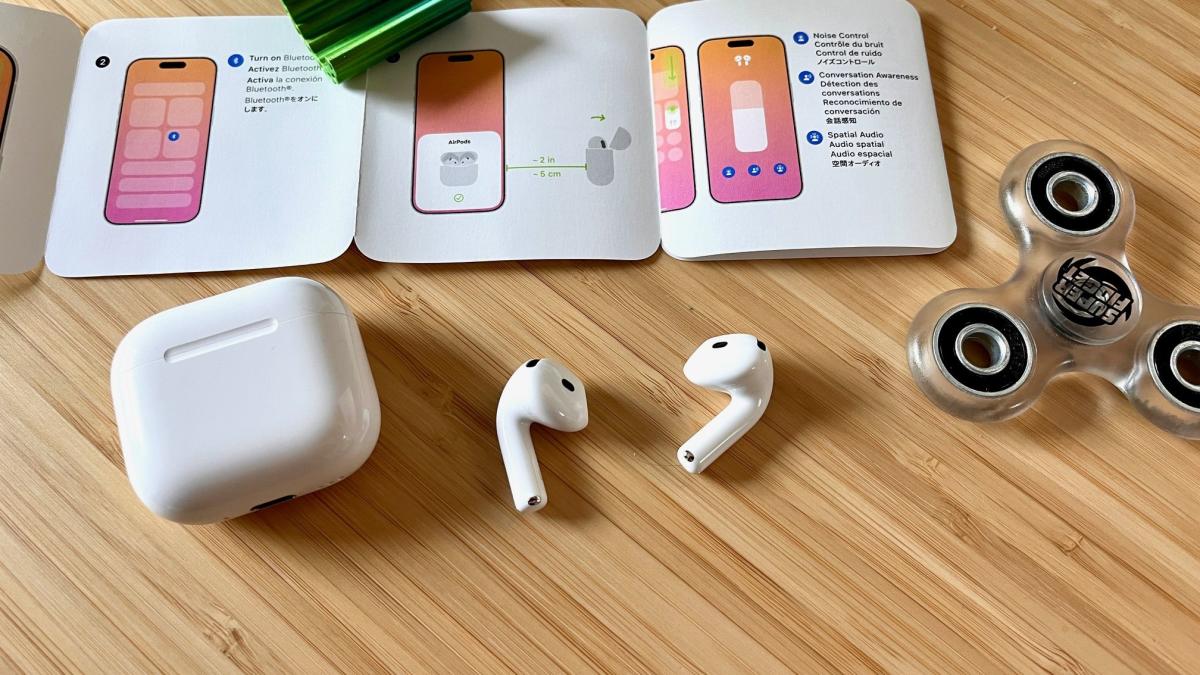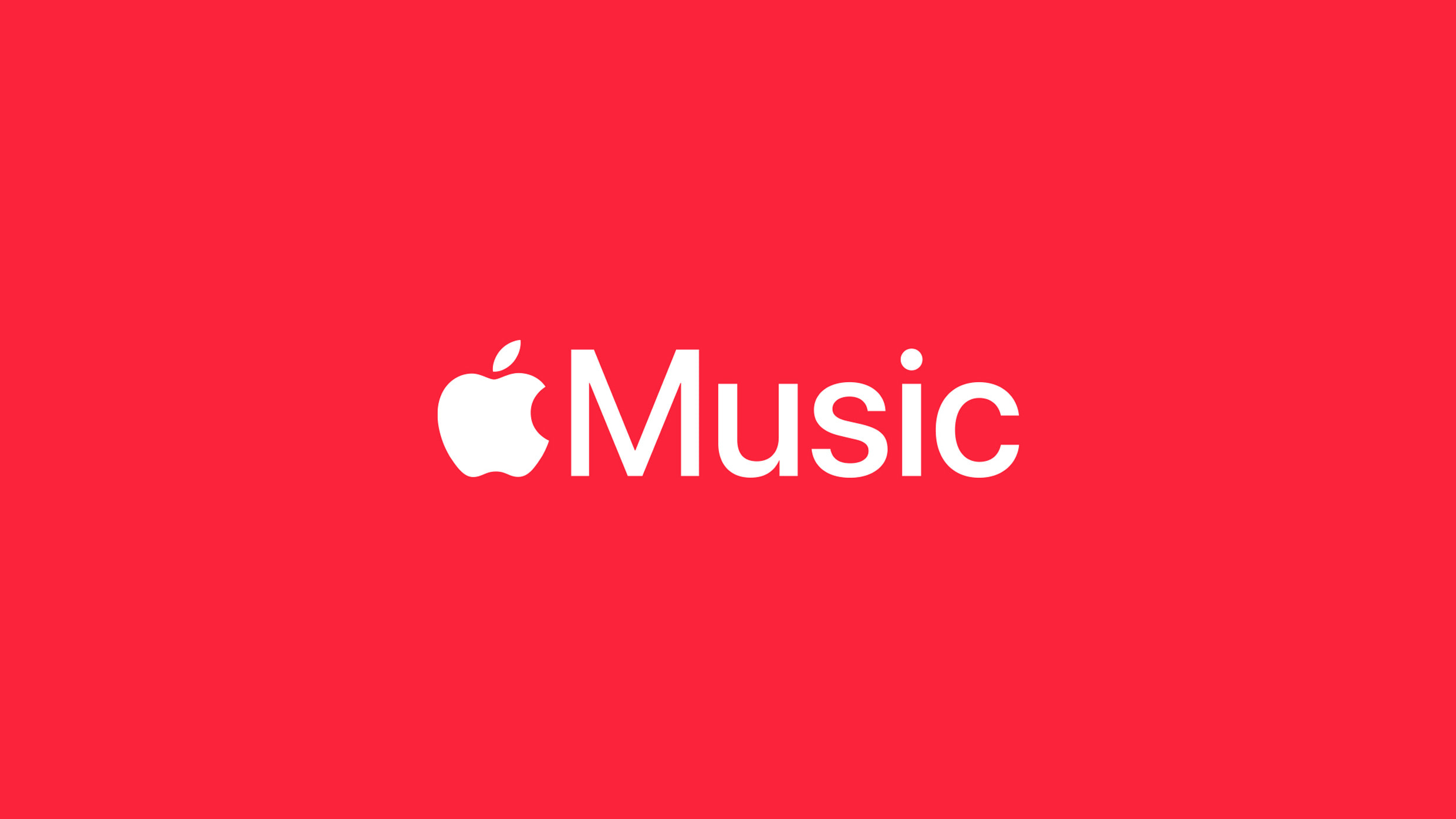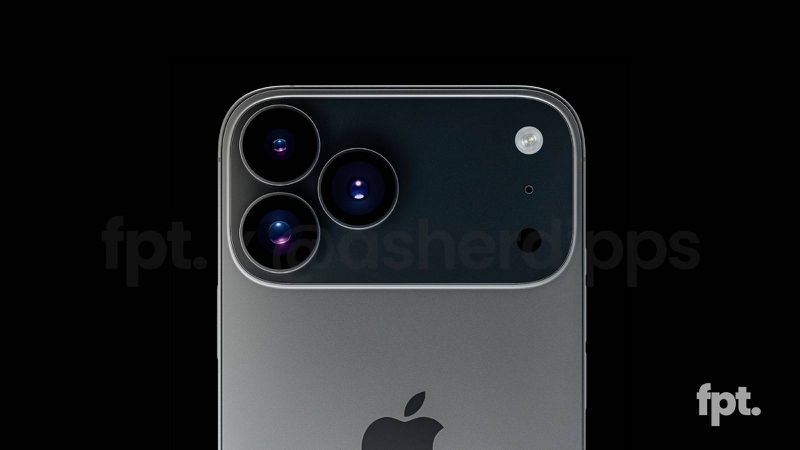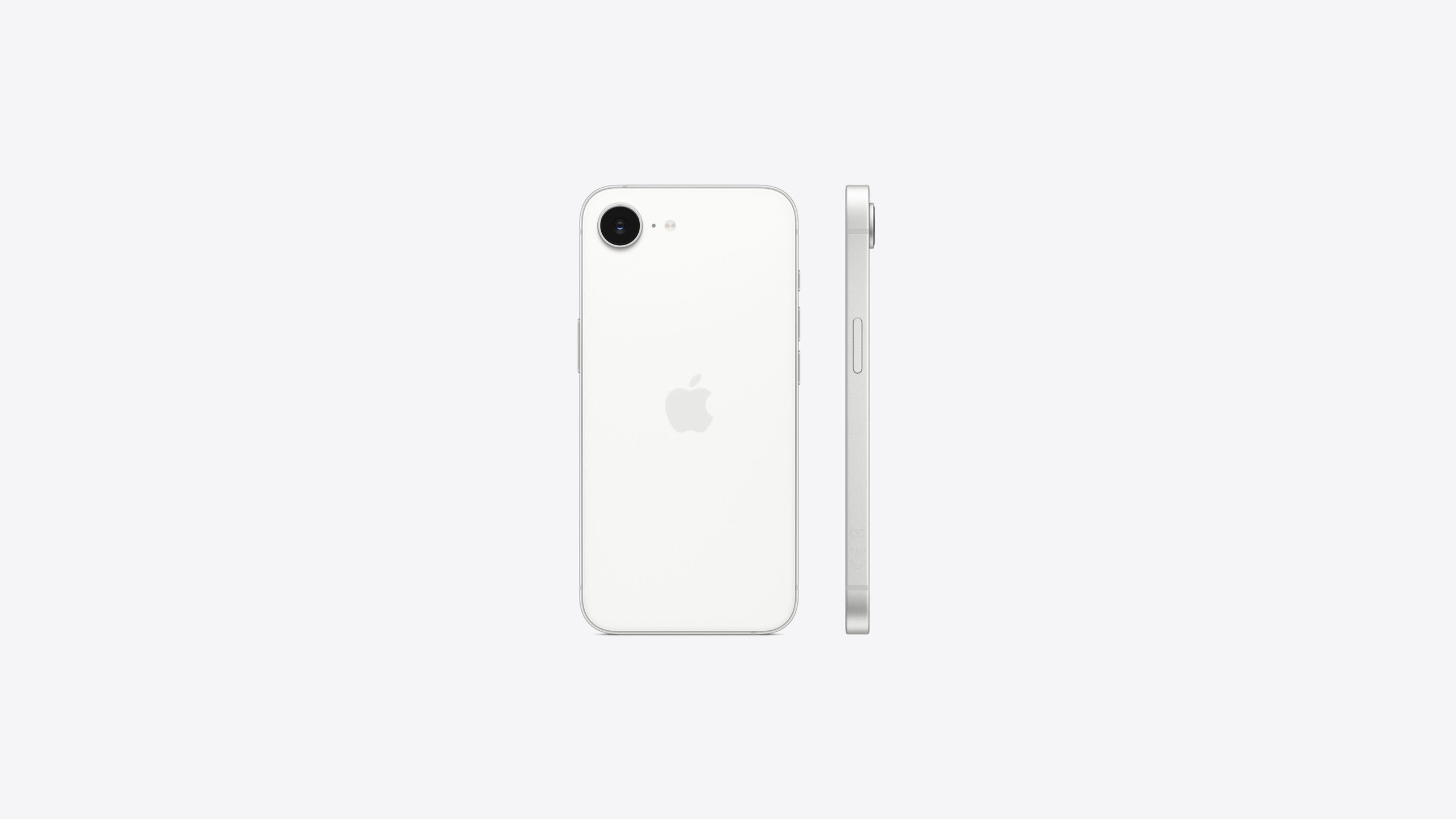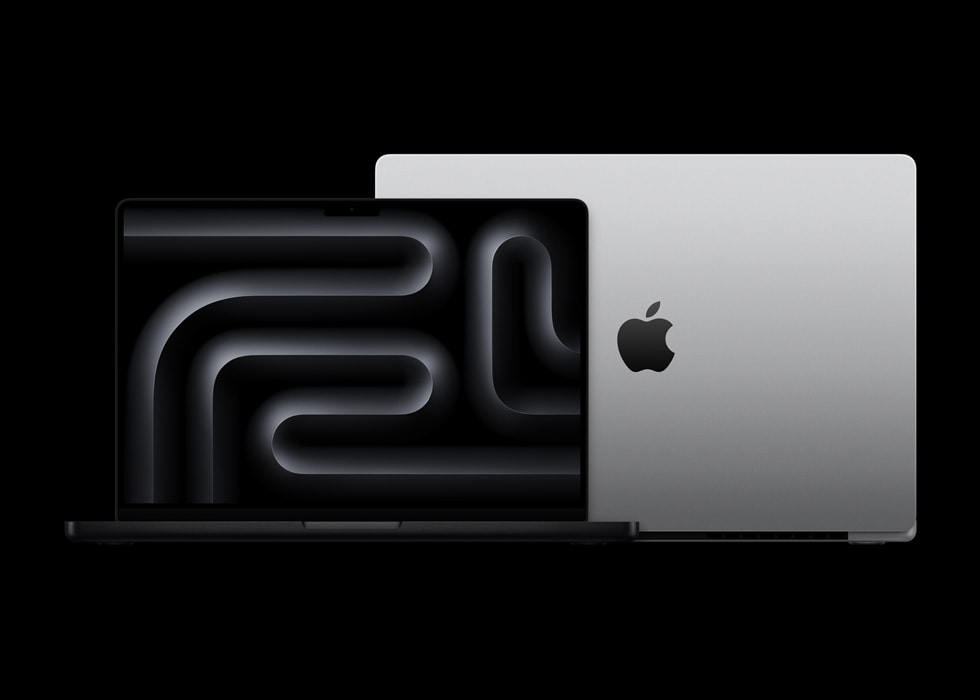The Control Center in iOS 18 has been a big hit, and it’s not just a one-time facelift. Apple keeps making it better with every update, and iOS 18.4 brings some exciting new features that make it stand out.
Fresh Ambient Music Options
With iOS 18.4, you get a brand-new set of controls called Ambient Music. It includes four handy options:
- Chill
- Productivity
- Sleep
- Wellbeing
Each one lets you play an Apple Music playlist that matches the vibe you’re going for. You can tweak these controls to start your favorite playlist—either one you pick yourself or a suggested one from Apple. Plus, you can adjust their size in Control Center to take up one, two, or four spaces and even link them to your iPhone’s Action Button or Lock Screen.
Smarter Siri and Visual Tricks
In the updated “Apple Intelligence and Siri” section, two new tools join the lineup alongside the “Type to Siri” switch. Now, you can add “Talk to Siri,” which wakes Siri up with your voice, just like pressing the side button. There’s also “Visual Intelligence,” a cool camera feature that used to be only for iPhone 16 but now works on iPhone 15 Pro and 16e too. It’s perfect for assigning to the Action Button!
A Fresh Look for Control Center
iOS 18.4 also spruces up the Control Center’s style. Here’s what’s new:
- Focus control now has up and down arrows to flip through modes.
- The brightness slider moves with fun animations depending on the level.
- The volume slider gets lively animations, too.
The arrows on the Focus control make it easy to see all your Focus options with a tap. Meanwhile, the brightness slider shows a sun that grows or shrinks as you adjust it—small and dim when low, big and bright when high.
Wrapping Up iOS 18.4’s Control Center
Control Center has evolved a lot over time, and this version might just be the best yet. With tons of ways to personalize it and a growing list of controls, iOS 18.4 keeps making it more fun and useful. Apple’s clearly on a roll!


